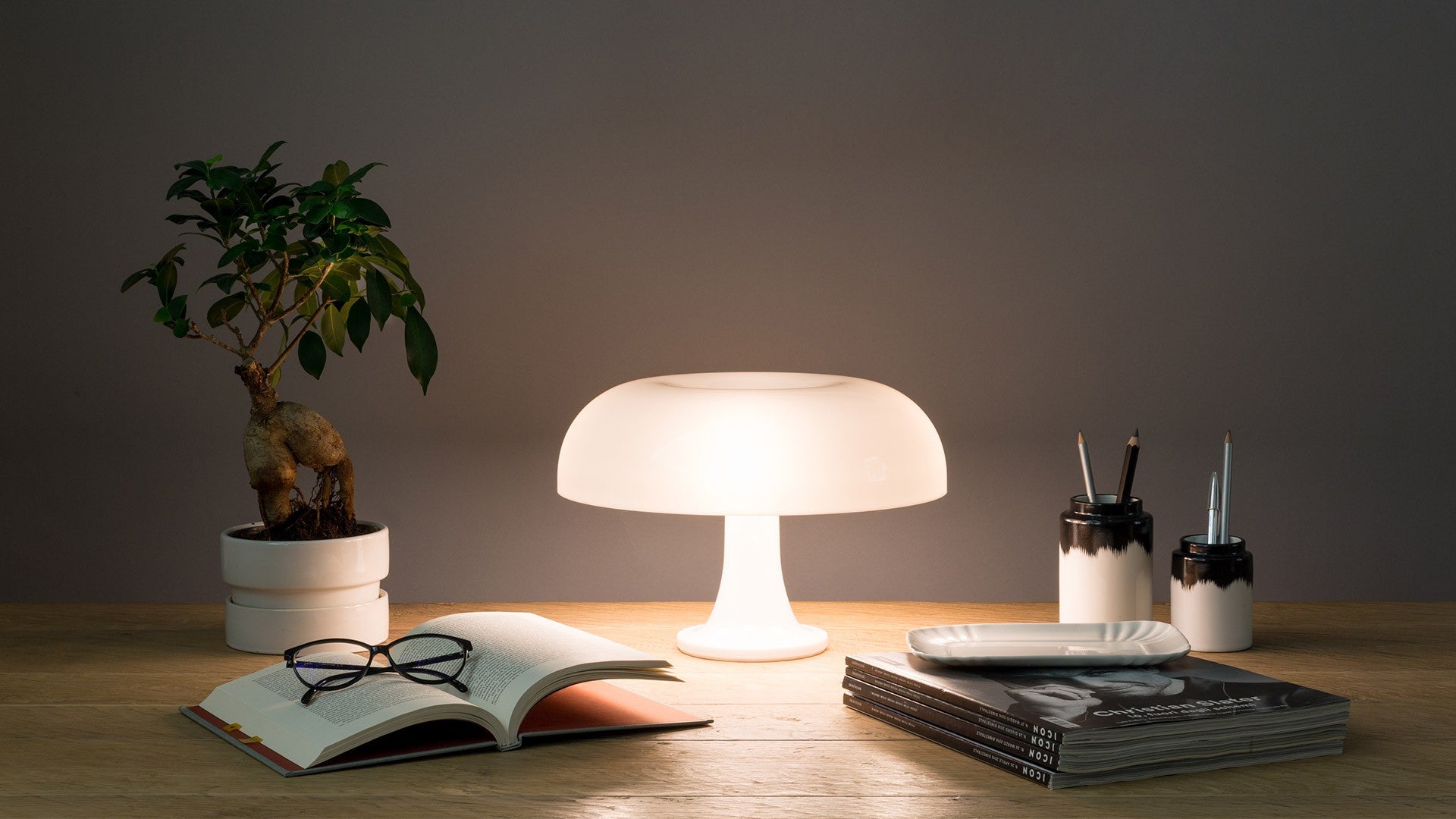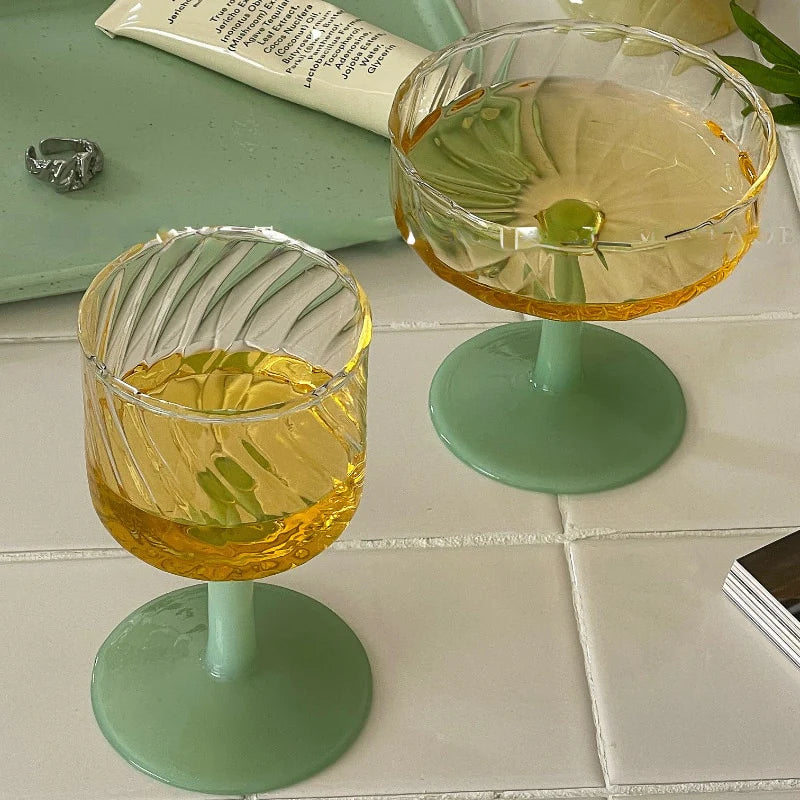Technological evolution has given rise to a revolutionary lighting solution: LED luminaires. Consuming up to 80% less energy compared to traditional sources, these modern lights not only reduce bills but also carbon footprint.
Energy Savings in Numbers
LED luminaires convert energy to light more efficiently, hence the reduction in consumption. A 10-watt LED bulb is equivalent to a 60-watt incandescent bulb, lowering electricity bills while maintaining comparable brightness.
Long-Term Sustainability
LEDs offer an average lifespan of around 25,000 hours, over 2 years of continuous use. In comparison, an incandescent bulb lasts about 1,000 hours. Fewer replacements mean less electronic waste and real savings.
Tangible Financial Savings
Considering LEDs consume less energy and last longer, this translates to substantial financial savings. Over a 25,000-hour lifespan, an LED saves about €120 compared to an incandescent bulb.
Variety of Designs and Styles
LED luminaires don't sacrifice style. From elegant pendants to modern wall sconces, a variety of designs seamlessly integrate into any space. This shows energy efficiency and aesthetics can coexist.
Environmental Commitment
The environmental impact of LEDs is impressive. If every European household replaces one bulb with an LED, it would be like taking 800,000 cars off the road in terms of CO2 emissions.





